Do you suffer from chronic joint pain, stiffness, and swelling? You may have osteoarthritis, the most common form of arthritis that affects millions of people worldwide. Let’s dive into the world of Icd Osteoarthritis to understand its target, symptoms, causes, and potential treatments.
Icd Osteoarthritis: Understanding the Basics
Icd Osteoarthritis, also known as degenerative joint disease, is a condition that occurs when the protective cartilage that cushions the ends of bones wears down over time. This degeneration leads to pain, stiffness, and loss of function in the affected joints.

Source: grafikalt.blogspot.com
What is the Target of Icd Osteoarthritis?
Icd Osteoarthritis primarily affects weight-bearing joints such as the knees, hips, spine, and hands. As we age, the cartilage in these joints naturally wears down due to everyday use and stress. Other factors, such as obesity, genetics, and injuries, can also contribute to the development of osteoarthritis.

Source: www.pinterest.com
Summary: Icd Osteoarthritis and Related Keywords
Icd Osteoarthritis is a common joint disorder that causes pain, stiffness, and swelling. It affects weight-bearing joints such as the knees, hips, spine, and hands. Cartilage degeneration due to age, obesity, genetics, and injuries is the primary cause of osteoarthritis.
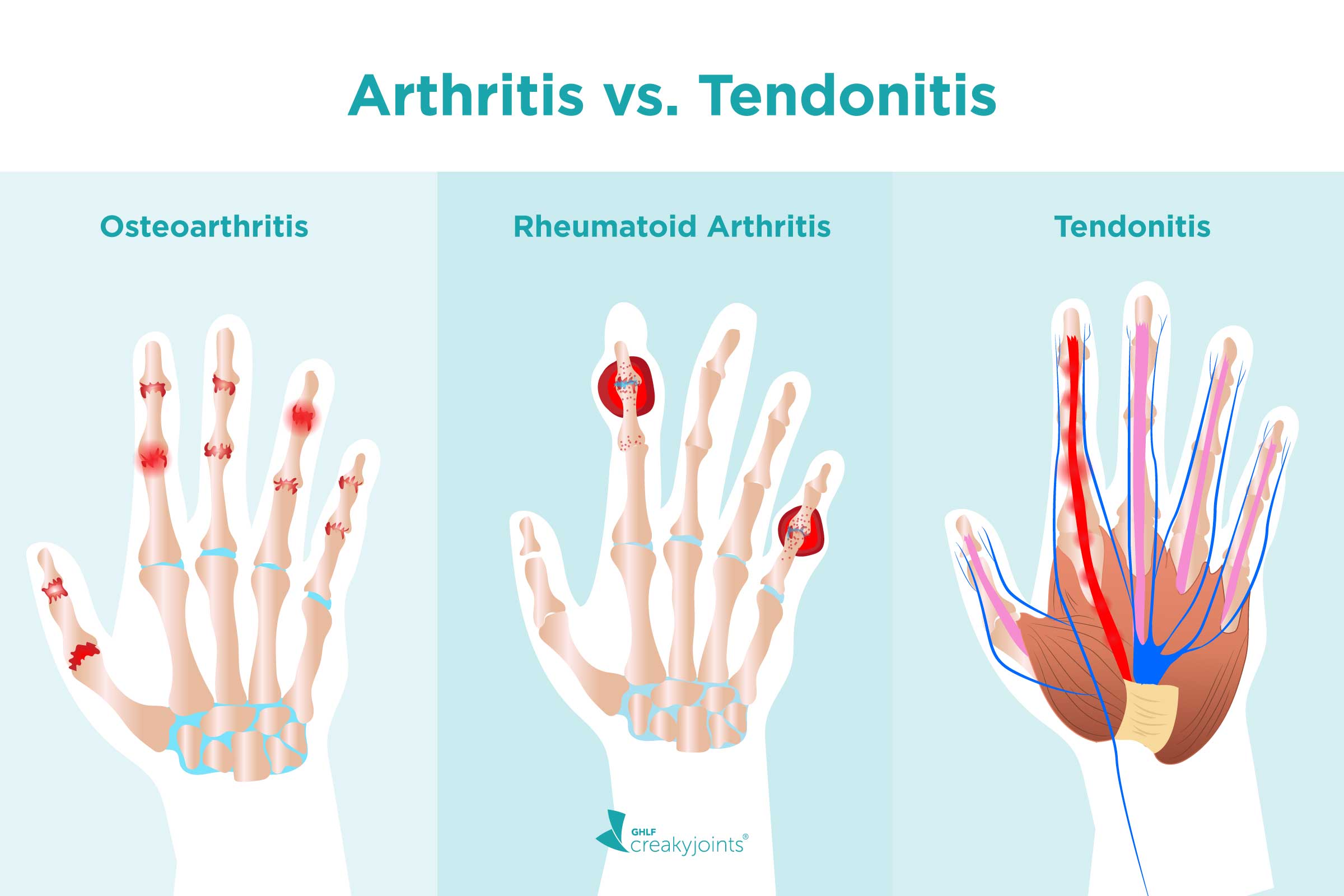
Source: creakyjoints.org
Personal Experience with Icd Osteoarthritis
As I entered my late fifties, I began to experience chronic pain and stiffness in my knees and lower back. After several doctor’s visits and X-rays, I received the diagnosis of Icd Osteoarthritis. The news was both shocking and daunting.
I had always been an active person, but the pain and limitations imposed by osteoarthritis made it difficult to walk, stand for extended periods, or lift heavy objects. It was a challenging time as I had to adjust to my new reality.

Source: www.physio-network.com
What is Icd Osteoarthritis?
Icd Osteoarthritis is a degenerative joint disease that affects the cartilage, the tissue that cushions the ends of bones. When this cartilage wears down, it leads to pain, stiffness, and swelling in the affected joints.
Osteoarthritis can affect any joint in the body, but it most commonly affects the knees, hips, spine, and hands. It is a progressive condition, meaning that it worsens over time.

Source: icd-faq.com
History and Myths of Icd Osteoarthritis
Osteoarthritis has been around for centuries, with evidence of the disease found in fossils. In the past, osteoarthritis was often thought to be a normal part of aging. However, we now know that it is a degenerative disease that can be managed and treated.
One common myth about osteoarthritis is that it is caused by eating too much sugar or dairy products. This is not true. Osteoarthritis is caused by the wear and tear of cartilage over time.
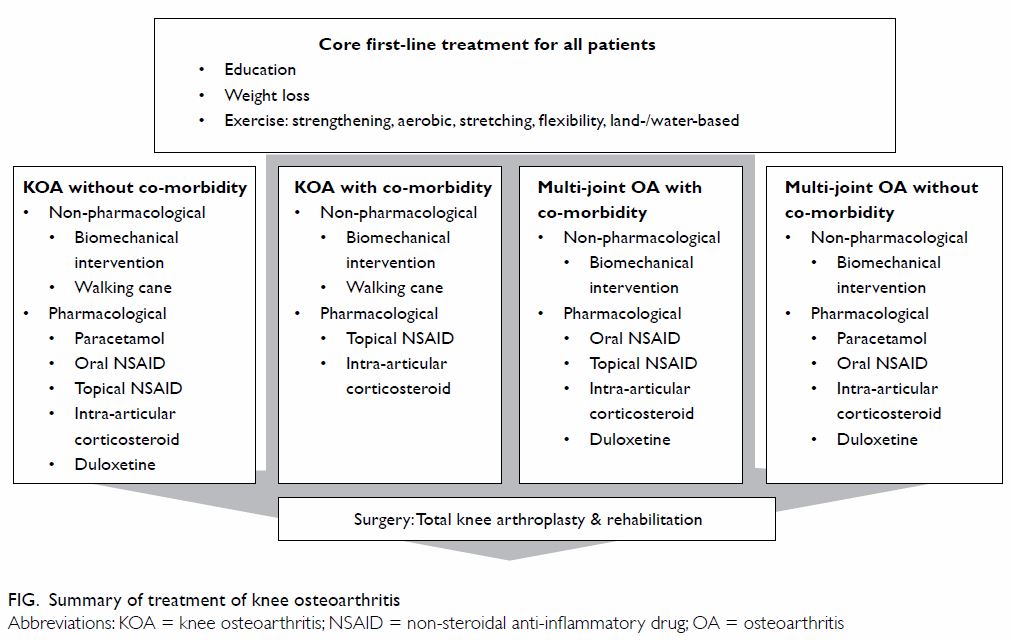
Source: icd-faq.com
The Hidden Secret of Icd Osteoarthritis
One of the hidden secrets of Icd Osteoarthritis is that it can be prevented. While there is no cure for osteoarthritis, there are things you can do to reduce your risk of developing it or slow its progression.
Some of the most important things you can do include maintaining a healthy weight, exercising regularly, and eating a healthy diet. You should also avoid smoking and excessive alcohol consumption.
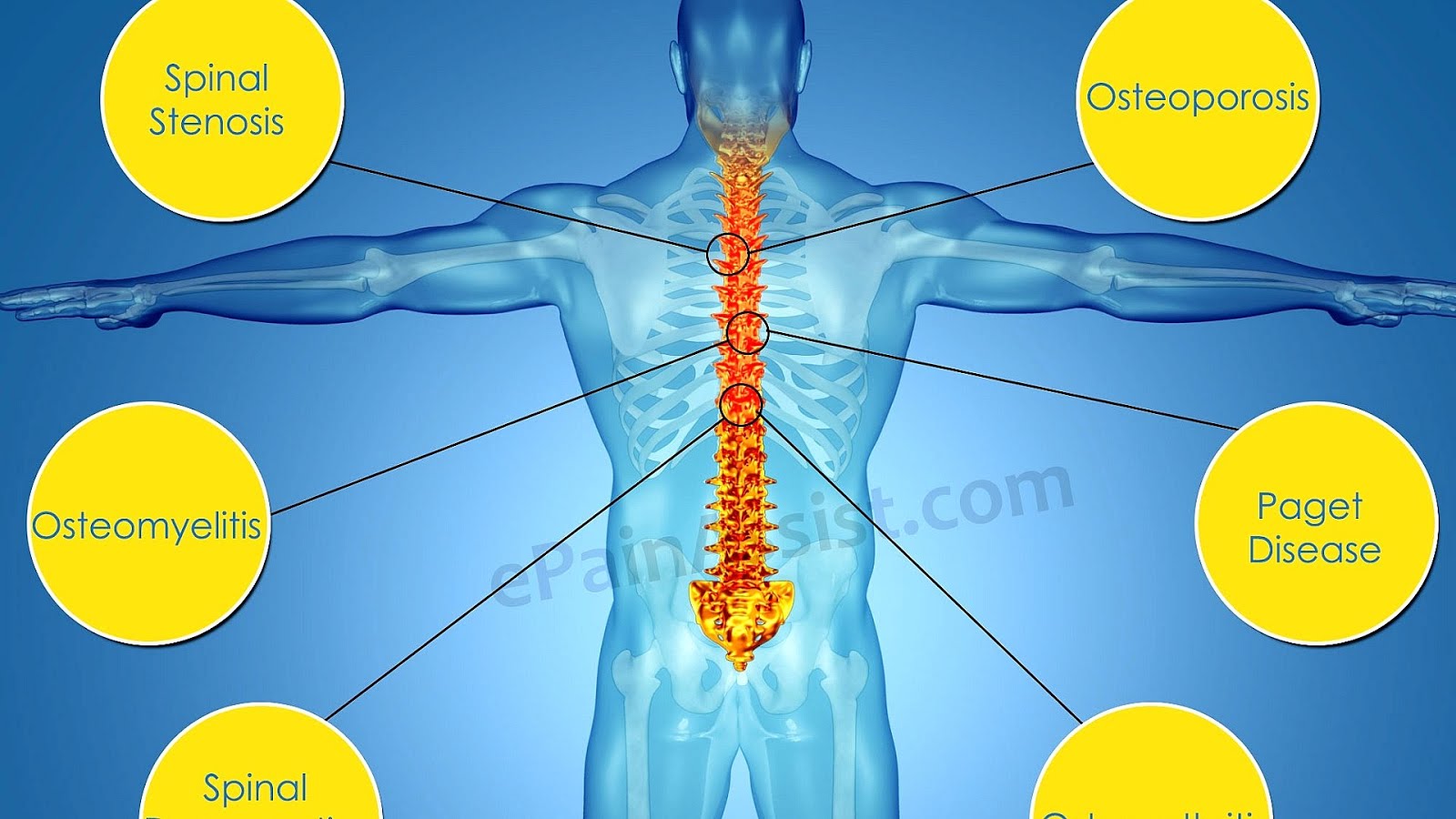
Source: treatchoices.blogspot.com
Recommendations for Icd Osteoarthritis
If you have been diagnosed with Icd Osteoarthritis, there are a number of things you can do to manage your symptoms and improve your quality of life.
Some of the most effective treatments for osteoarthritis include:
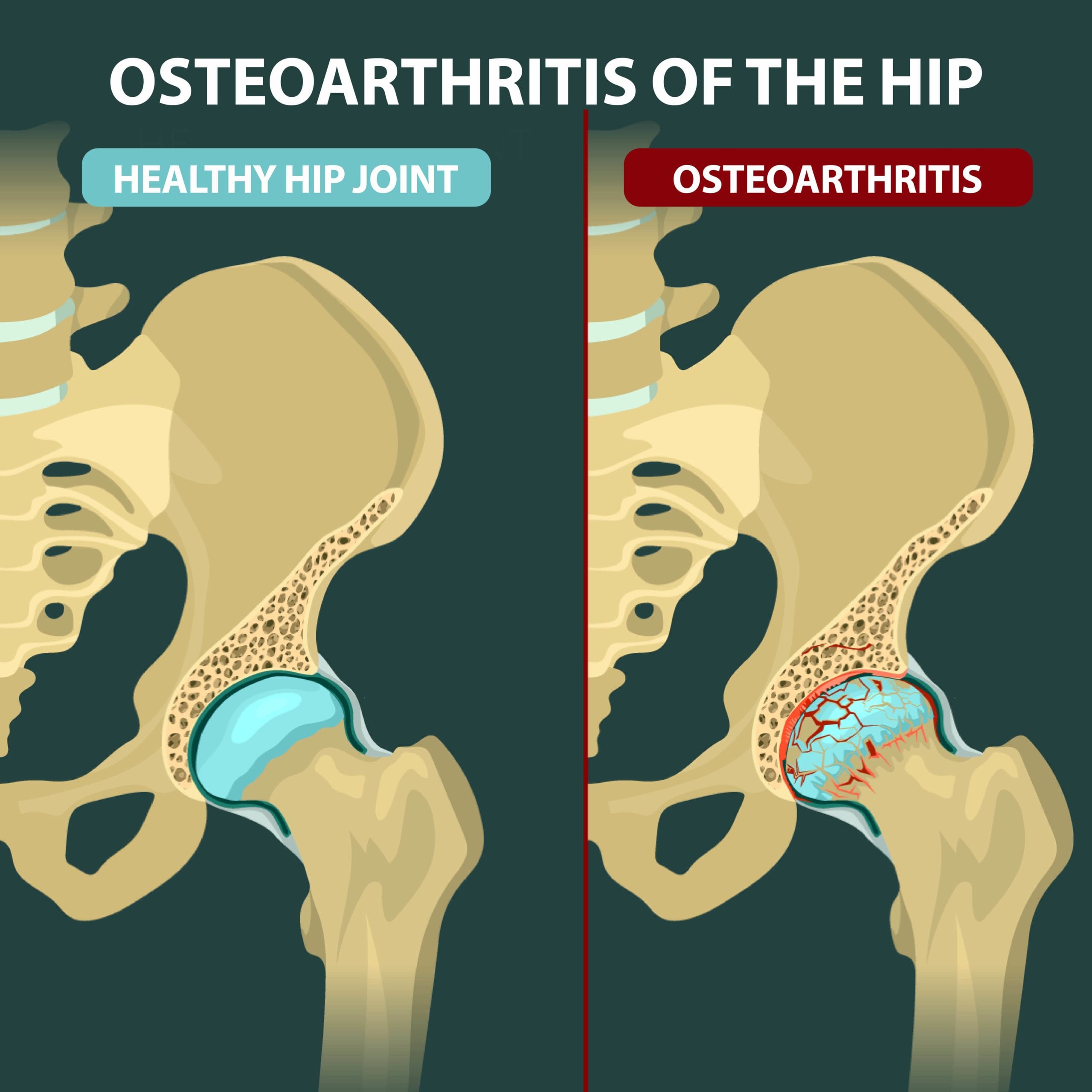
Source: www.floridaortho.com
What is the Difference Between Osteoarthritis and Rheumatoid Arthritis?
Osteoarthritis and rheumatoid arthritis are both common types of arthritis. However, there are some key differences between the two conditions.
Osteoarthritis is a degenerative joint disease that affects the cartilage in the joints. It is most commonly seen in people over the age of 50.
Rheumatoid arthritis is an autoimmune disease that affects the lining of the joints. It can occur at any age, but it is most commonly seen in people between the ages of 30 and 50.
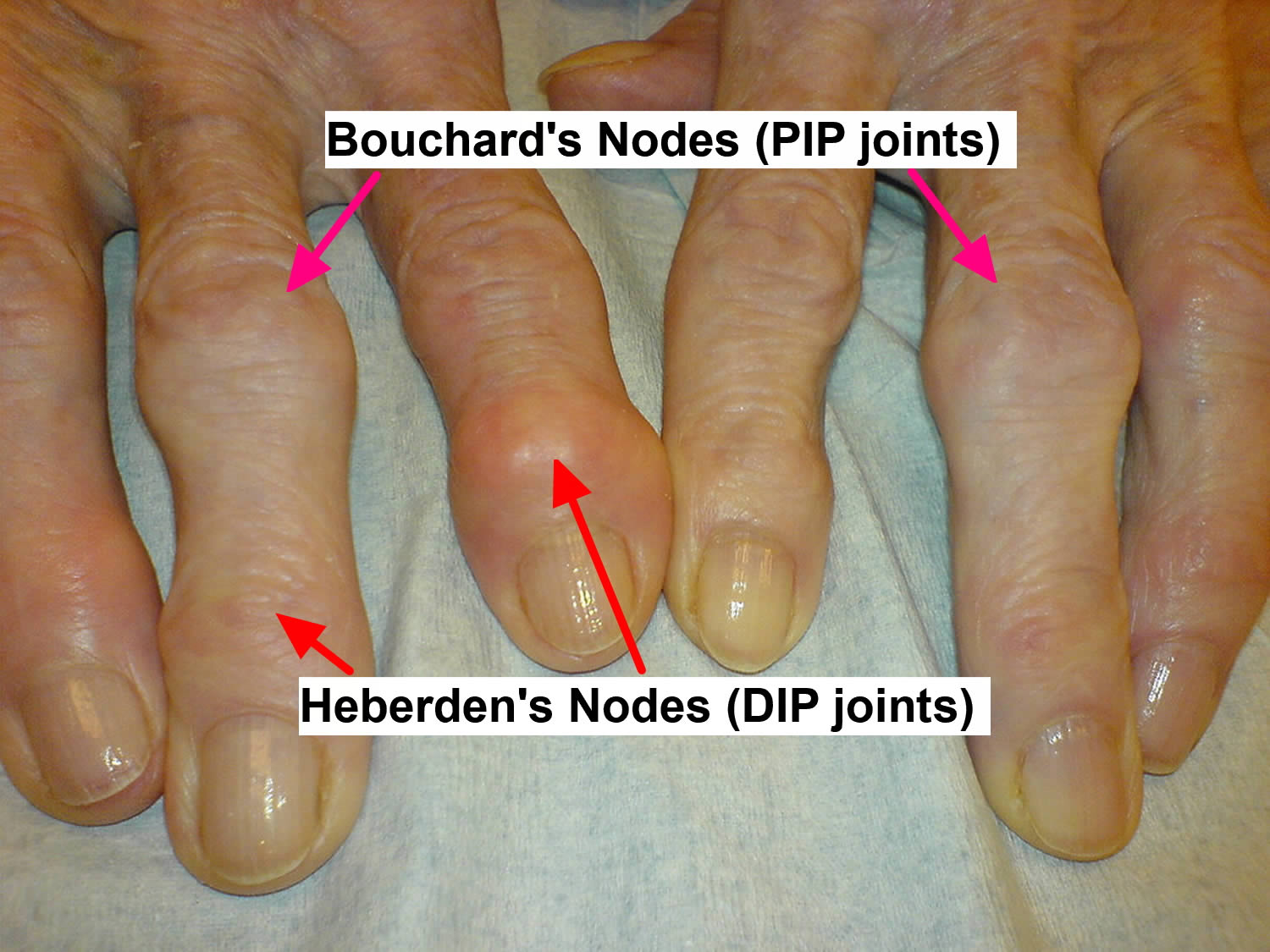
Source: healthjade.net
Tips for Managing Icd Osteoarthritis
If you have been diagnosed with Icd Osteoarthritis, there are a number of things you can do to manage your symptoms and improve your quality of life.
Some of the most effective tips include:

Source: www.youtube.com
What are the Stages of Icd Osteoarthritis?
Osteoarthritis is a progressive disease, meaning that it worsens over time. There are four stages of osteoarthritis:

Source: mens-health.sg
Fun Facts about Icd Osteoarthritis
Here are some fun facts about Icd Osteoarthritis:

Source: we-doctor.com
How to Prevent Icd Osteoarthritis
There is no surefire way to prevent Icd Osteoarthritis, but there are a number of things you can do to reduce your risk of developing the condition.
Some of the most important things you can do include:
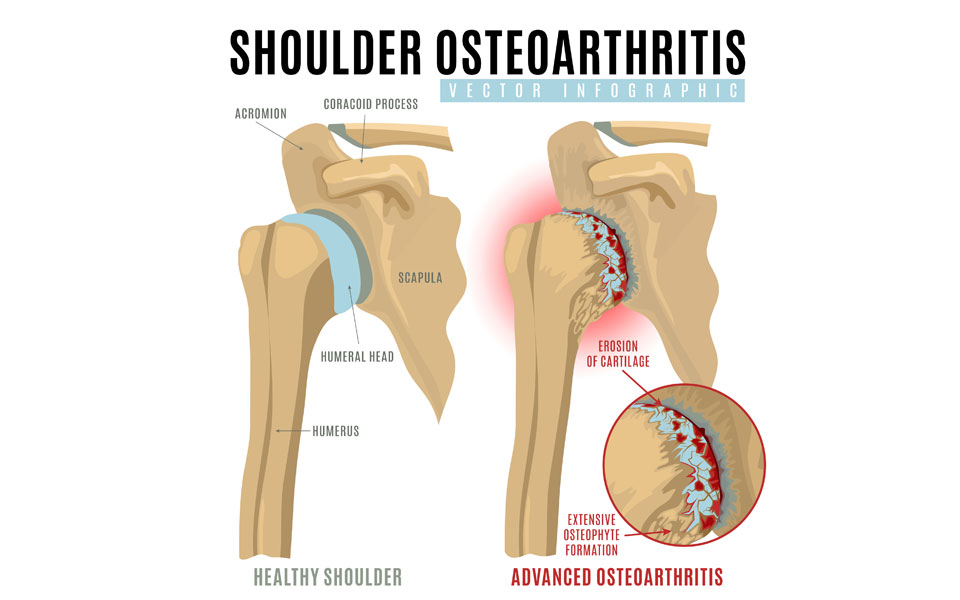
Source: www.melbournehandtherapy.com.au
What if I have Icd Osteoarthritis?
If you have been diagnosed with Icd Osteoarthritis, there are a number of things you can do to manage your symptoms and improve your quality of life.
Some of the most important things you can do include:
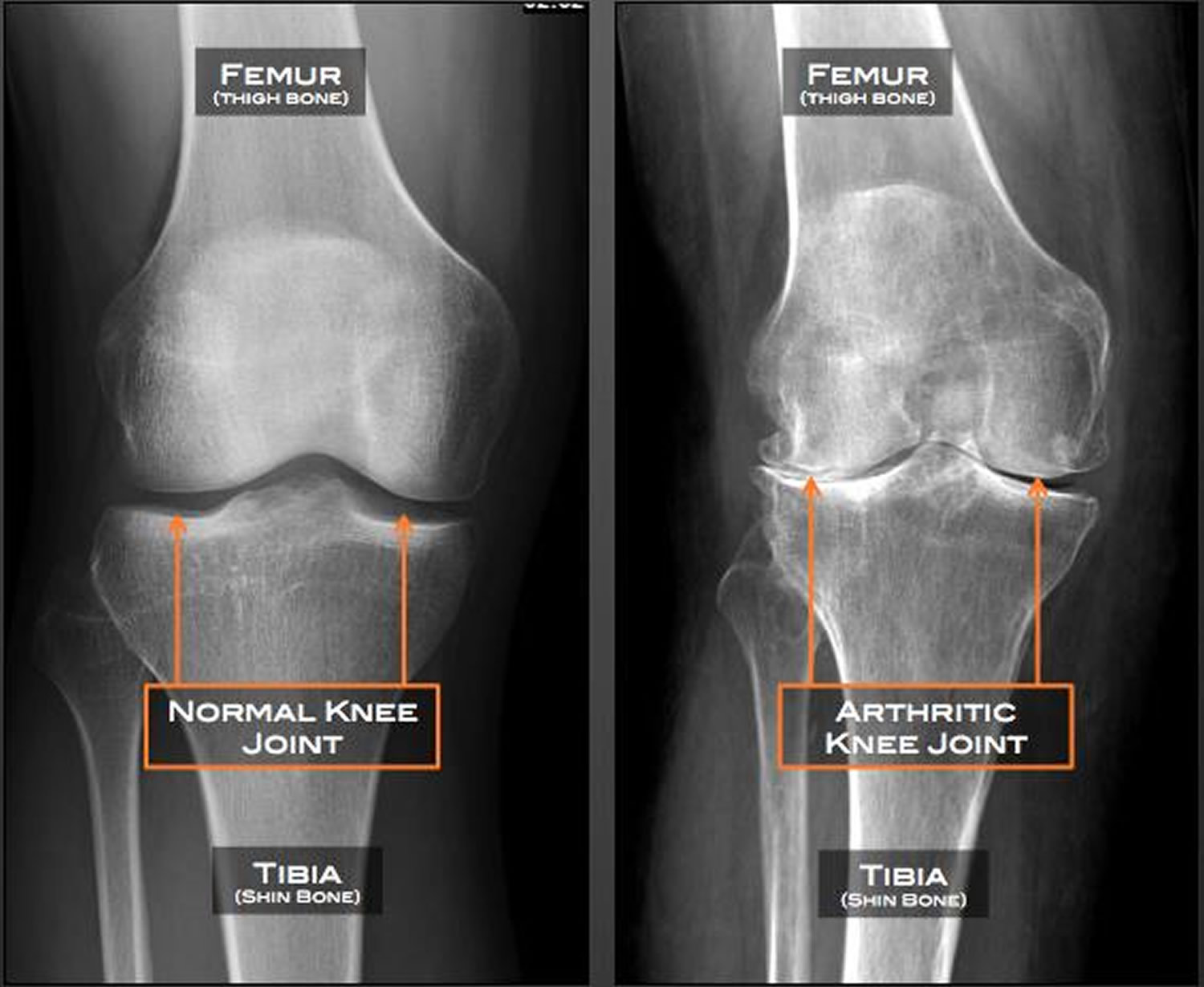
Source: healthjade.com
Listicle: 10 Things You Can Do to Manage Icd Osteoarthritis
Here is a listicle of 10 things you can do to manage Icd Osteoarthritis:

Source: issuu.com
Question and Answer
Here are some questions and answers about Icd Osteoarthritis:
Osteoarthritis is a degenerative joint disease that affects the cartilage in the joints. Rheumatoid arthritis is an autoimmune disease that affects the lining of the joints.